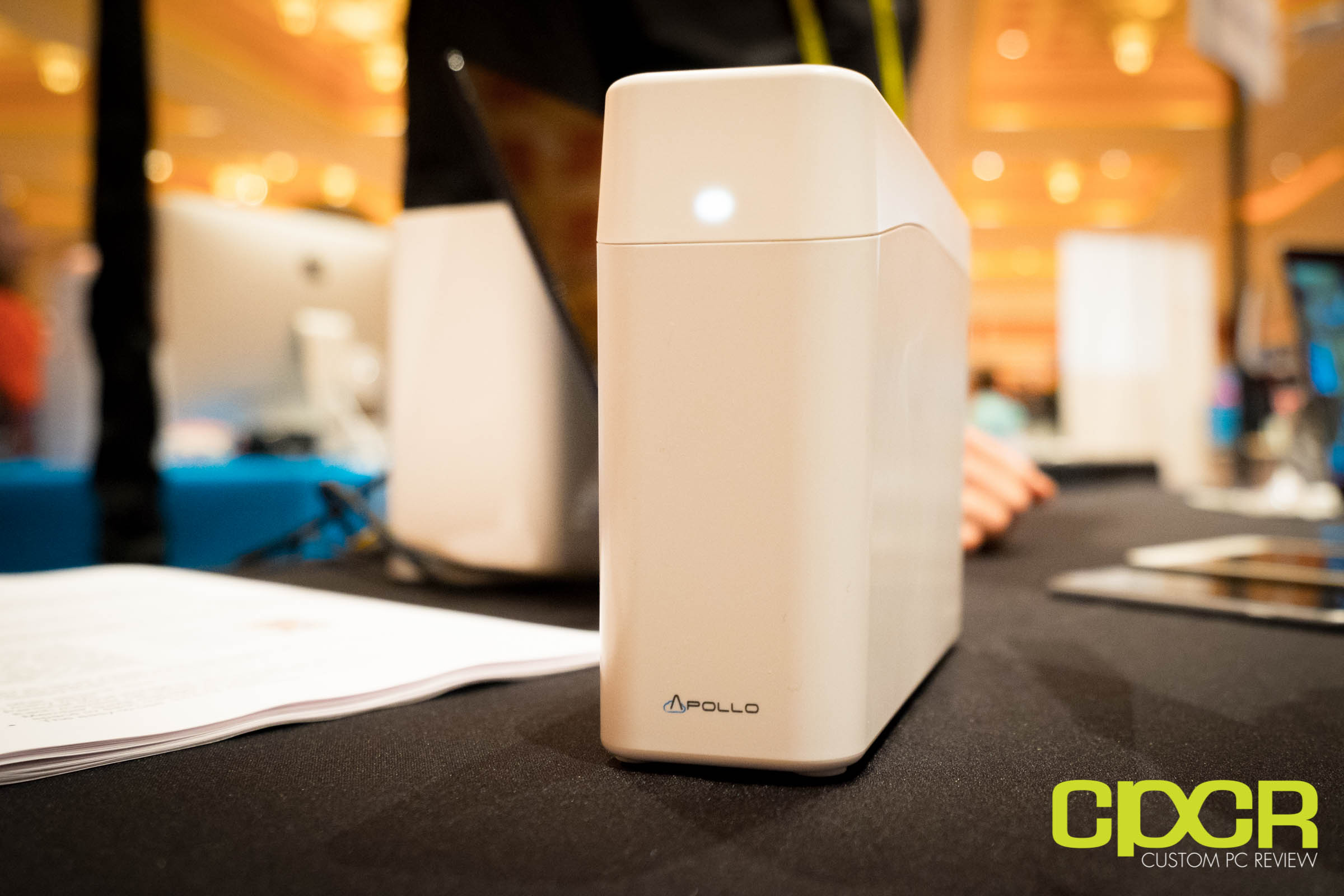
bright overcast (2) = more than 50% of cloudy pixels, but at least 20% of them are thin ice clouds only dark overcast (3) = more than 50% of cloudy pixels, but more than 80% of them are not thin ice clouds partly cloudy (4) = the rest For Cologne (Germany) and Almeria (Spain), the statistics are shown in the table below.

APOLLO CLOUD ASSISTANCE FREE
FebĤ clear (1) = at least 90% cloud free pixels a clear pixel is defined as having max 10% cloud coverage. With a classification into: clear, bright overcast, dark overcast and partly cloudy. OTA becomes a function of latitude, frequency of clouds and their type. shows that the optimum tilt angle (OTA) is a function of latitude in cloud free regions of the sun belt with dominating DNI and that in regions where the diffuse part dominates (> 45 N) the OTA is smaller. Cloud type % of all cases Clear 22 Low height water clouds 11 Medium height water clouds 35 High water clouds 12 High thin ice clouds 20 Cloud overcast type With the computed APOLLO data at the pixel location of interest, it is possible to classify the cloud overcast type and use it for instance to optimize a PV (Photo Voltaic) panel tilt angle or to give additional information for DNI dependant solar installations. In case of a location being affected by frequent fog situations, the low water clouds will have a maximum in the early morning hours, as found here for Ulm. It shows also that the clear sky periods, were the irradiation will be at its maximum, are at the beginning of the morning or at the end of the day. The 2D histogram shows also that the medium water clouds are predominant. In Ulm, 35% of the day time, there are medium water clouds. Febģ Cloud type The cloud type can also be represented as a global number distribution for all the time slots or as a 2D histogram showing the changes in cloud type as a function of the hour of the day. Cloud mask % of all cases Clear 22 Snow on the ground, no cloud 1 Cloudy rev. Cases with snow on the ground typically represent cases where also photovoltaic panels might be covered with snow resulting in a low yield while the global irradiance is high as it is a cloudfree situation. The following parameters are computed and stored: Cloud mask and snow Cloud coverage (0-100%) Cloud type (low, medium, high water/mixed phase clouds thin ice clouds) Cloud optical depth Cloud top temperature Additionally, a cloud classification scheme delivers information on: vertically extended cold, very thick cloud-layers thin clouds warm and thick water clouds multi-layer clouds stratiform clouds Main statistics delivered by the Apollo WEB service and their possible use for a solar plant sitting or conduct Cloud mask This very basic statistic shows that in the Ulm (Germany) location pixel considered, for the year 2010, about 22% of the time slots were clear, 77% cloudy and 1% with snow on the ground while there is no cloud. This resolution is about 4x5 km2 to 5圆 km2 in Europe. The covered zone is, with a resolution of 3x3 km2 at the nadir of the satellite. Mühr The APOLLO methodology delivers cloud mask, cloud classification, cloud optical depth, liquid and ice water path, and cloud top temperature and infrared emissivity as cloud parameter products for each MSG SEVIRI pixel in a temporal resolution of 15 minutes during daytime, for the period (8 years). FebĢ Karlsruher Wolkenatlas, copyright B.

1 contract /13/I-AM Expansion of the market for EO Based Information Services in waste management, renewable energy and ecosystem services assessment May 2013 rev. Below is presented picture of water/mixed phase clouds on the left image and thin ice clouds on the right image, as seen from the ground.

The APOLLO methodology at a glance The APOLLO methodology uses multiple spectral channels of the METEOSAT Second Generation satellite (MSG) to discriminate between different cloud types. Based on this description, we invite all the interested potential users to fill in and send us back the very short questionnaire send in conjunction with the present document. This document presents the APOLLO cloud physical parameters computations and the different statistics based on this computation which will be exposed to the user by the Web service. A very important part of our work is to assess this future Web service in order to respond as much as possible to the requirements expressed by the renewable energy services and users. This Web service preparation phase is done with the help of a grant from ESA 1. 1 The APOLLO cloud product statistics Web service Introduction DLR and Transvalor are preparing a new Web service to disseminate the statistics of the APOLLO cloud physical parameters as a further help in the characterization of a solar site.


 0 kommentar(er)
0 kommentar(er)
